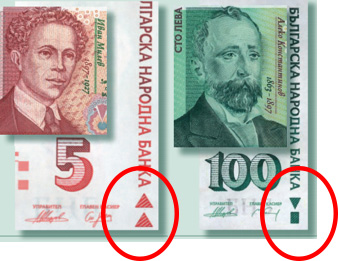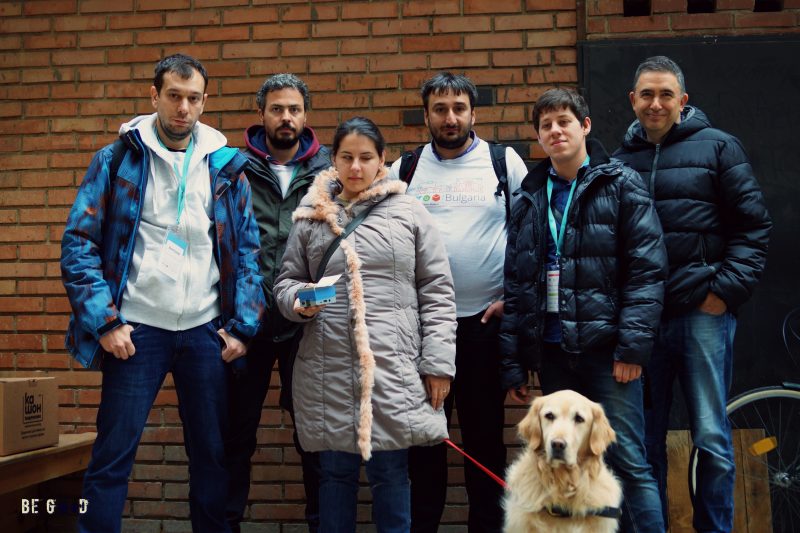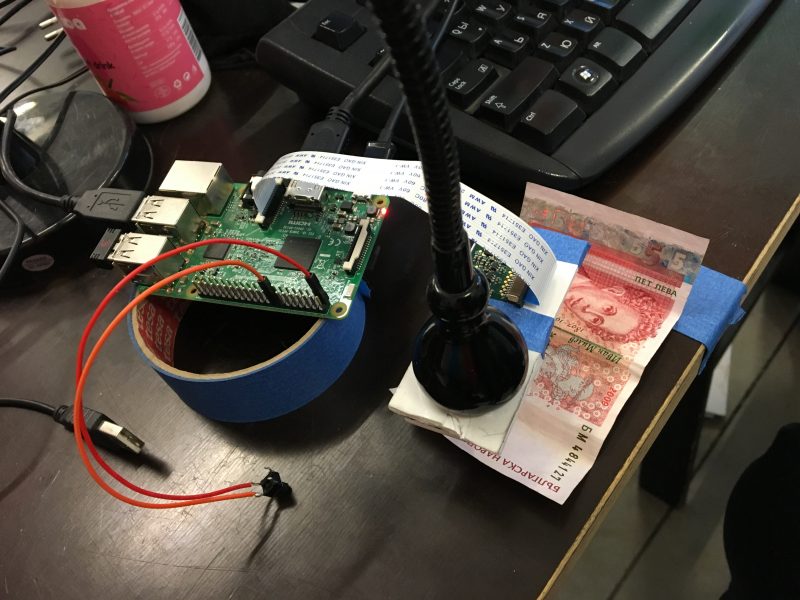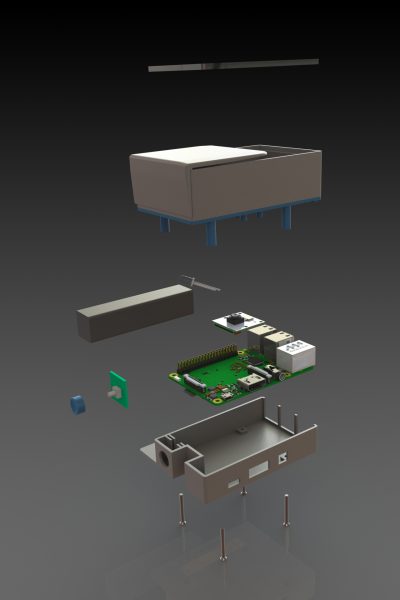TOM (Tikkun Olam Makers) is a global movement of communities connecting makers, designers, developers and engineers with people with disabilities (aka – ‘Need-Knowers’) to develop technological solutions for everyday challenges. Designs are free and available for any user around the world to adapt for their needs! Tikkun Olam (Hebrew for “repair the world”) is a Jewish concept defined by acts of kindness performed to perfect or repair a world that is often imperfect.
Each TOM event takes 3 days in the form of a makeathon (hackathon for makers) during which teams of makers, designers and engineers work together to create a solution for a particular need knower, or a group of such people. TOM has started in Israel and more than 20 makeathons have been organized around the world in the last 3 years.
From 20 April to 23 April 2017 the first ever TOM makeathon in Europe was organized in Sofia, Bulgaria. TOM Bulgaria organized the event in Smart Fab Lab (the first and only fab lab in Bulgaria), with the idea to change the world for 6 Bulgarian need knowers in 72 hours. You can see the highlights and results of this epic hackathon in the next short film.
Imagga committed to helping blind people recognize Bulgarian banknotes
Anita (29) and Silvia (35) are blind and need help recognizing Bulgarian notes when they go shopping daily. Bulgarian banknotes have special embossed signs in one of their corners but these are impossible to be felt and recognized by most blind people, especially if the note has been in circulation for a long time.

Silvia’s and Anita’s challenge was to find a solution so they can recognize the banknotes and the currency.
A multidisciplinary team (Cash Vision) of people from academia and industry was formed to tackle this big challenge, including Stavri Nikolov (Imagga’s co-founder and Research Director) and Georgi Kostadinov (Imagga’s Core Technology Lead, who supported the Cash Vision team remotely). Cash Vision team members were (from left to right) Antony, Nesho, Anita, Angel, Nikolay, Stavri, Silvia (in the previous photo) and Georgi (remotely).

Initially, the team thought of creating a mobile phone app, but quickly found out it was challenging for Anita and Silvia to accurately aim their phone’s camera at the banknote and take a photo that is good for recognition while holding both banknote and phone in their hands. Then we decided to create a small box, like a portable mini scanner, that functions as banknote reader, naming it the b-reader. It uses a Raspberry Pi with a camera sensor that is held in a specially designed 3D-printed housing. When the banknote is put in the b-note holder, the camera captures the central part of the bill and uses image recognition to identify its nominal value. The first working b-note prototype was constructed in 48 hours with extensive tests on tens of banknotes (2, 5, 10, 20, 50 and 100 BGN banknotes) were done in the last 24 hours.

Further tests to improve the performance and reliability of the reader were done with other currencies: monopoly money, paper cuts, journal cuts and much more to assure system integrity.

How does b-note work?
Once the banknote is put in the b-note holder for scanning and recognition (irrespective of its orientation), it is photographed and a region of it is sent securely to the cloud, where a specially trained Imagga custom classifier recognizes its nominal value and returns this information to the b-note device. The device then plays a pre-recorded .mp3 file pronouncing the banknote value or if it is not recognized with sufficient confidence, saying ‘Unidentified object’. The audio files with the banknote nominal values have been recorded by Anita and Silvia themselves, so they can easily recognize their voice even in noisy environments.
The b-note system was subsequently tested with many more banknotes at various events and internally by the Cash Vision team. Two b-note devices are being optimized (better casing and smaller electronics) and will be given to Silvia and Anita to use for real in the autumn.
Ever since the TOM Bulgaria makeathon, the Cash Vision team has received many requests from visually impaired people in Bulgaria who are interested in using b-note daily. Because of the limited time we had, only the bigger challenge of recognizing notes was addressed. However, we are considering how b-note can be extended to recognize other objects in the future that are important for blind people.
On TOM Global’s web platform you can find full specs of the b-note prototype, including building instructions and camera code used for calling Imagga’s API, so that you can make a device just like it for around 100EUR/115USD (cost price).

You can’t fix the world in 72 hours, but you can surely try to hack it and make it better! Leave your thoughts and recommendations below.
